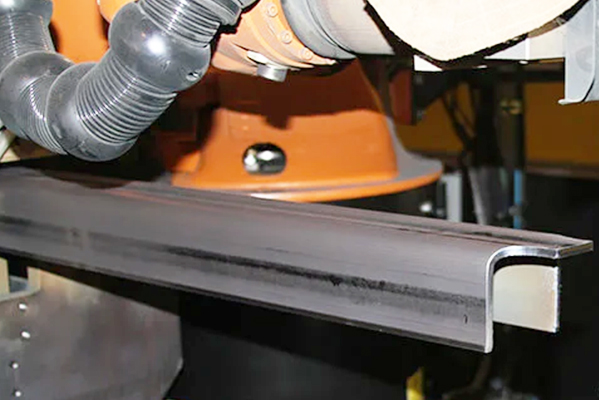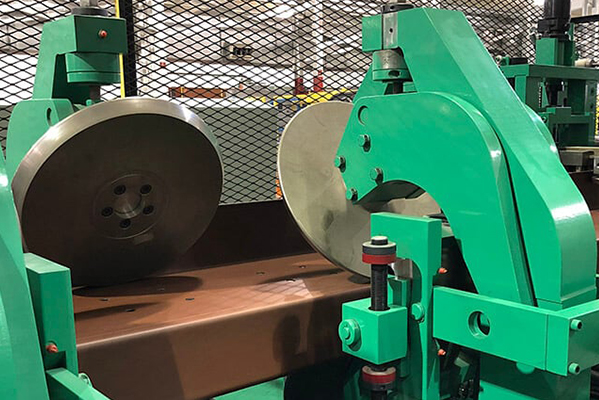Navigation Menu
Contact Us
- Email:
- info@wxavatar.com
- Address:
- Yurong Village, Yuqi Street, Huishan District, Wuxi, China.
Release Date:Jul 19, 2025 Visit:36 Source:Roll Forming Machine Factory
Modern roll forming machines incorporate advanced safety features designed to protect operators and maintain efficient production processes. These safety mechanisms have evolved significantly to address various operational risks while meeting industry standards. Understanding these features helps manufacturers select appropriate equipment and maintain safe working environments.

Protective Guards and Barriers
Roll forming machines now include physical barriers that prevent accidental contact with moving parts. These guards are typically constructed from durable materials that withstand industrial conditions while allowing visibility of the production process. Interlocking mechanisms ensure the machine cannot operate when guards are open or removed, providing essential protection during maintenance procedures.
Emergency Stop Systems
Contemporary designs incorporate prominently placed emergency stop buttons that immediately halt machine operation when activated. These controls are strategically positioned at multiple access points for quick response to potential hazards. Some systems include pull-cord emergency stops that run along the length of larger machines, offering protection regardless of operator position.
Automated Material Handling
Modern roll formers often feature automated feeding and stacking systems that minimize direct human interaction with moving components. These systems reduce risks associated with manual material handling while improving production consistency. Sensors detect material presence and alignment, preventing jams that could lead to unsafe conditions.
Control System Safeguards
Advanced electrical controls include multiple safety interlocks that monitor machine status and prevent unsafe operation. These systems may incorporate password-protected access levels to ensure only qualified personnel can adjust critical parameters. Fault detection circuits automatically shut down equipment when electrical anomalies occur.
Noise Reduction Measures
While not eliminating sound entirely, current designs integrate noise-dampening technologies that lower operational decibel levels. These features include vibration-isolating mounts and sound-absorbing materials that reduce workplace noise without compromising machine performance.
Ergonomic Design Elements
Improved machine layouts consider operator comfort and safety, with controls positioned to minimize awkward postures or excessive reaching. Adjustable work platforms and properly placed handrails contribute to safer operation and maintenance procedures.
Regular Safety Maintenance Features
Modern roll formers include accessible lubrication points and wear indicators that facilitate proper maintenance without exposing technicians to unnecessary risks. Some models feature self-diagnostic systems that alert operators to potential safety-related maintenance needs before they become critical issues.

These safety features represent current industry standards for roll forming equipment, demonstrating how manufacturers prioritize operator protection while maintaining production efficiency. Proper training in these safety systems remains essential for maximizing their protective benefits.